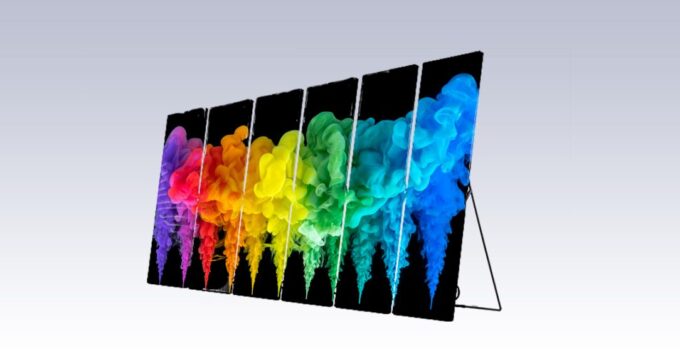The image quality a vast majority enjoys nowadays was something almost unimaginable a few decades ago, especially when we consider a variety of means one can enjoy watching multimedia material. The least one settles for is HD resolution, and the highest standard implies one is settled with nothing less than 4k.
Expectedly, the model and the version of the screen dictate whether the full potential of particular qualities would be presented at its best, and how well will it perform under both interior and exterior lighting. What we will bring you closer in the lines below is the answer to whether LED or LCD is a better solution for outside viewing, and why and when should you go for a particular option.
Liquid Crystal Display
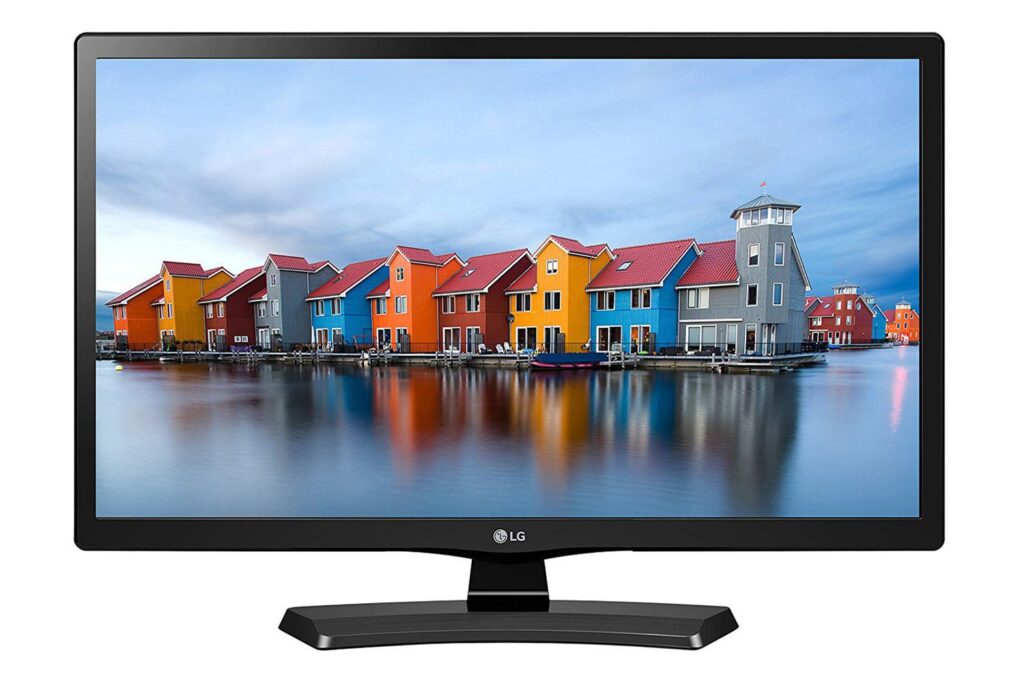
img source: lifewire.com
LCD technology is one of the most utilized digital display techs on the market, and there are more than a few reasons why this type of screen is enhancing user experiences all over the world. Namely, what makes LCD special is that it uses the ability of liquid crystals to capture a beam of light. Now, the light is streamed from the backside of the screen while the crystals in the front cease them and broadcast the result we enjoy on the other side. The resolution levels reached through the approach are what satisfies the highest demands of an average consumer who spends his time indoors. On the other hand, they can also be used in the open, but as the screen size increases, so does the risk of damage, since LCD screens are stiff in nature, therefore, they prove not to be the best of options for outside viewing, especially when one intends on using an uneven background as a base. It is not they are considered utterly inapplicable in the exterior lighting since there were numerous successful attempts to use multiple LCD screens tiled together as a joint display. Although the idea is feasible, it requires much more time and money for realization.
Light-Emitting Diode
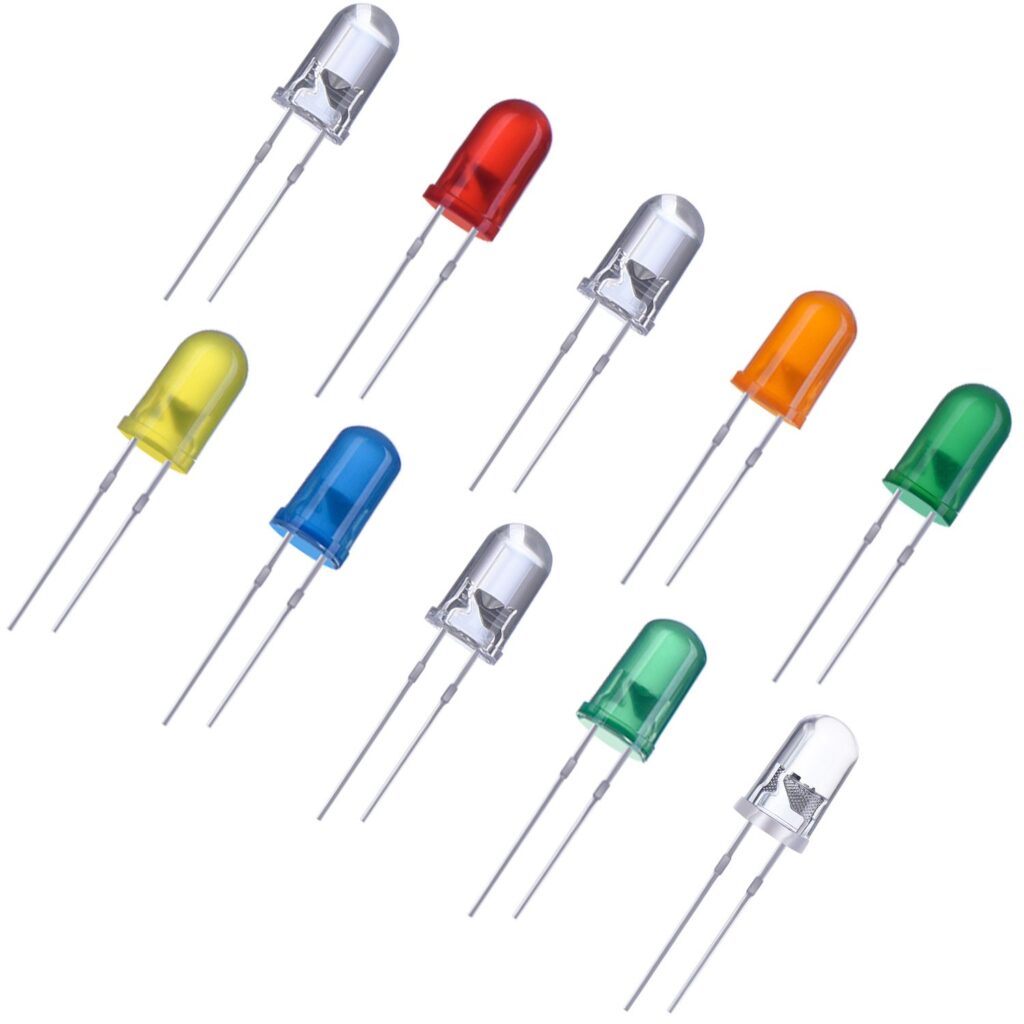
img source: amazon.com
Individual LED packages arranged vertically and horizontally are what forms this type of display. They are much lighter and thinner as opposed to LCD screens and they consume significantly less power, while they deliver better-quality colors and more pleasant-to-the-eye contrast. Due to their features, LED screens deliver equally well in both interior and exterior light settings, and can be positioned adequately at different base structures. The other thing that is considered a plus when LED screens are in question is that they deliver astonishing quality when being watched from a certain distance, while the aforementioned LCD technology performs better when close range watching is concerned. For those reasons, stage led displays are used for outdoor performances and outside viewing where materials are broadcasted to large auditoriums. The initial investment is what can make one double-check the cost-effectiveness of a project as large as opting for a stage LED display. Here you will find the explanation why it is a much better option and is a more budget-friendly solution in the long run.
Which Should You Pick?
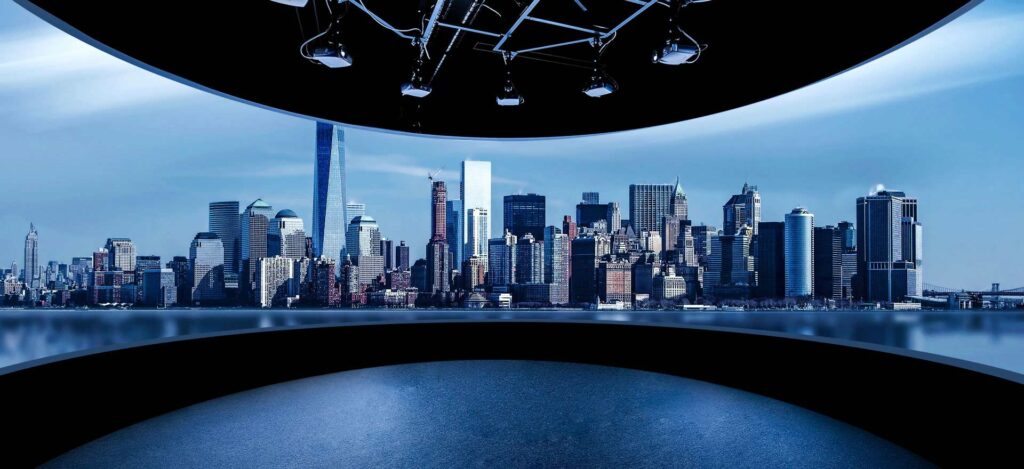
img source: rigardled.com
In a nutshell, you should always decide on the option more suitable for a particular convenience. Therefore, you would want to pick the LCD option if you need the viewers to interact with the display and look at it from a close distance. The resolution is of utter importance and the experience would not be as good if you used a LED screen. Thus, a more intimate environment seems to be asking for an LCD. On the other hand, using LED screens would be a far better solution if you wanted to cover larger areas, whether on the inside or the outside. Also, LED proves to be an option of much more environmentally-friendly features, since it spends incomparably less electrical energy than the alternative.
Another characteristic that speaks in favor of LED screens is that they are much easier to handle and install on uneven surfaces. Also, installing on round structures is almost impossible for LCD screens. Additionally, the equipment has to endure a lot more when exposed to direct sunlight and different weather conditions, and you will hardly find a perfectly flat surface to place a screen. Therefore, all you need to do figure out is for what reason you need to use the screen in the first place.
Commercial Use
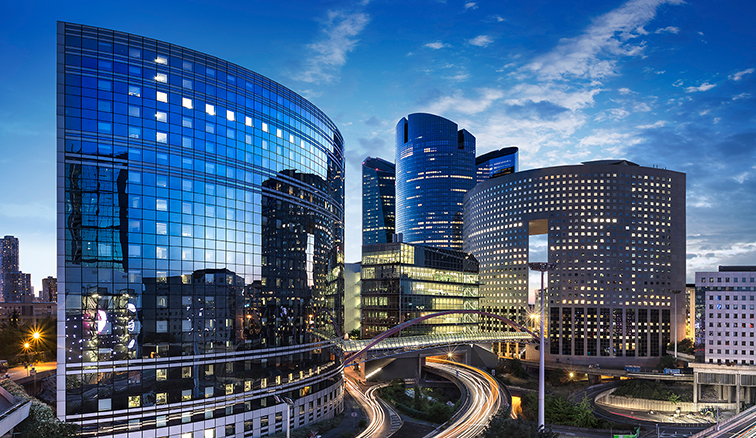
img source: almaalim-eg.com
When the commercial application of both LCD and LED screens is concerned, we tend to focus on the outside viewing performance. In a nutshell, LED technology has been able to answer the needs of a modern man more correctly than the competition. The perfect example of that is New York’s Times Square, where the landscape is dominated by LED screens shining in their best light. Surely, the chances you will come across LCD screens in the open are not minimal, but they tend to be utilized mostly when direct contact between a screen and a smaller group or an individual is potentiated, so the higher resolution is necessary for the material to make sense.
Brightness

img source: iristech.co
You should be aware that LED screens produce more brightness than their counterparts, even though they spend less electricity. On the other hand, they tend to cause light pollution, especially if they are used outside. That is considered collateral since any type of screen designed for outside use would be unusable if they were not radiating sufficient light. Reasonably, the more brightness it is capable of delivering, the more visible and clearer the image should be.
Hopefully, we have brought you closer to the answer to whether LED or LCD is better for outside viewing. Since there is not a universal answer that could satisfy everybody, we suggest you make your conclusion by processing pieces of information mentioned above. That way, you can act according to your wants and needs, and opt for a particular technology based on what you need on a particular occasion. One way or another, we hope you will make use of the text above and be satisfied with the choices you make.

